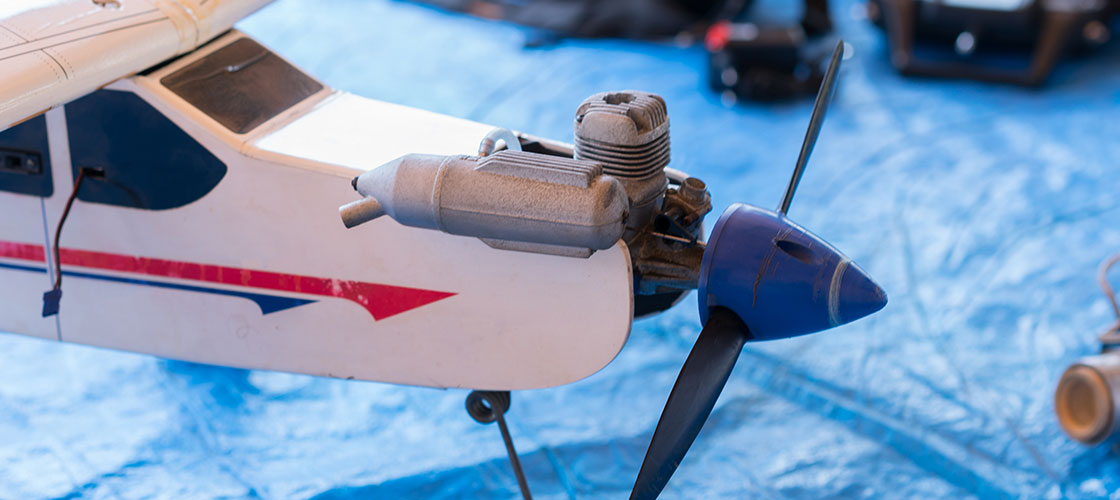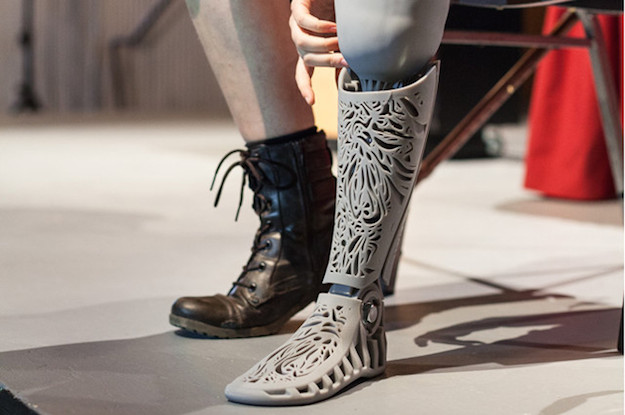Engineers, makers, hackers, and a handful of high-profile organizations and companies have enjoyed the innovative rewards of 3D printers working quietly behind the scenes for decades. In recent years, however, digital fabrication has exploded within the mainstream, featuring a billion-dollar (and growing) industry propelled forward by users eager to embrace disruptive technology offering many advantages, including greater affordability, faster production, the ability to offer mass customization, and the possibility of creating structures never-before-possible with conventional methods. The open-source community encourages sharing of designs and products too, meaning that one user may build upon the innovations of another, making improvements or adapting those creations to fit varying project requirements.
Beginning in the 1980s but greatly lauded in more recent years thanks to a patent filed by Chuck Hull (the founder of 3D Systems) in 1986, 3D printing began as a rapid prototyping tool, relying on stereolithography for printing nearly any object layer by layer, and curing it with UV light. Despite many new techniques created throughout the years—accompanied by a stunning and highly commercialized array of hardware, software, and materials—SLA has continued to be popular with savvy users due to its accuracy and potential for use with advanced materials. Fused deposition modeling (FDM) has become most ubiquitous, although many users rely on other forms of 3D printing like selective laser sintering (SLS), digital light processing (DLP), metal binder jetting, and more.
3D printing is extremely impressive in its versatility, allowing for significant impacts to be made in nearly any area of production, but especially the industrial realm. Here, we are going to examine some of the most critical areas, along with a couple that may surprise you:

Aerospace – Metal 3D printing has begun to dominate digital fabrication within the aerospace industry, as functional parts are being made with a variety of different strong and durable metals (and metal alloys) that result in substantial yet lightweight components. Companies such as Boeing have included hundreds of 3D printed parts in aircraft over the past few years, while NASA continues to use metal for engine parts. Evidence of the faith entrusted in this relatively new technology is inspiring as safety and strength are obvious top priorities in such applications, especially when human lives are involved.
Even more interesting, 3D printing is continually highlighted for new concepts for building space habitats using regolith (space dirt, whether from the Moon or perhaps Mars) and complex robots, as well as being used for designing astronaut suits and gear and other helpful tools. Bioprinting in space has even made headlines as research is performed in zero and microgravity, and methods may become available for astronauts to perform complex first aid on their own, including basic forms of tissue engineering.
Transportation – while the automotive industry has predominantly been a proponent of 3D printing, other industries like railways are beginning to grasp the power of a technology that allows them to 3D scan parts that may be obsolete but can be printed within hours and used in older trains as well as allowing for refinements that may now be necessary, and possible. This saves hours—or even exorbitant amounts of time—that may have previously been necessary for tracking down parts no longer in production and rarely sold anymore. Engineers designing components for automotive and railways, while using a variety of different polymers for interior parts, tend to lean toward metal 3D printing.
Medical – this is one of the industries where you will see the greatest versatility in uses for 3D printing. Beginning with the use of 3D printed medical models—made from a wide variety of materials, to include brittle textures like sandstone—doctors are able to diagnose what may be complex conditions. For example, a surgeon may be able to explore a brain tumor in much more comprehensive detail, as well as coming up with a patient-specific treatment plan to include surgery.
In some cases, doctors may be performing surgeries that are rare or have never been done before. These models can be used as training devices, as well as guides in the operating room. Beyond that, 3D printed models can offer improved education for patients as well as their families. Medical students are also provided with much greater availability for training, rather than having to wait for cadavers or other materials.
Fashion – for the world of art and design, technology like 3D printing gives users access to a treasure trove full of options. From haute couture to everyday wear—and from high heels to comfortable flats or running shoes, 3D printing has played an interesting role in clothing and footwear. Jewelry makers have received an incredible boon as well, especially in working with polymers, resin, metal, and wax casting. Consumers are able to buy incredibly unique pieces today—even including valuables like wedding rings.

Orthotics and prosthetics – while technically, these types of devices would be considered part of the medical industry, the development of orthotics and especially prosthetics has taken on a life of their own, brining true joy to countless individuals who previously dealt with ongoing pain and continued hassle in finding the right fit for better mobility. 3D printed orthotics allow for customized devices that improve foot health, comfort, and walking. With the ability to create them in just hours, patients now have both access and affordability to patient-specific devices.
In terms of prosthetics, this can be incredibly valuable to patients, and especially children. Even though prosthetics can improve patients’ quality of life substantially, it can often be challenging to convince patients to wear such devices. Children in particular may be susceptible to worrying about what their peers will say. The use of 3D printing technology enables a wide range of customization features that can be tailored to the preferences of each patient. With a variety of colors and styles available these days, a replacement limb can be made with individual flair (think superhero designs for children or even adults) for added appeal. Most importantly, they can be produced quickly and at a fraction of the price companies charge for conventional devices.
If you are currently working in an industry that is beginning to use 3D printing, or has been enjoying the advantages for years already, find out more about the materials and services available to you through Shapeways whether you are creating prototypes or functional parts. We can help you find the right materials and manufacturing method for your latest project, along with offering instant quotes.



